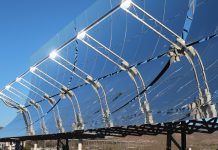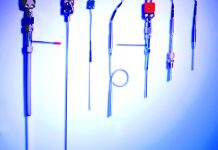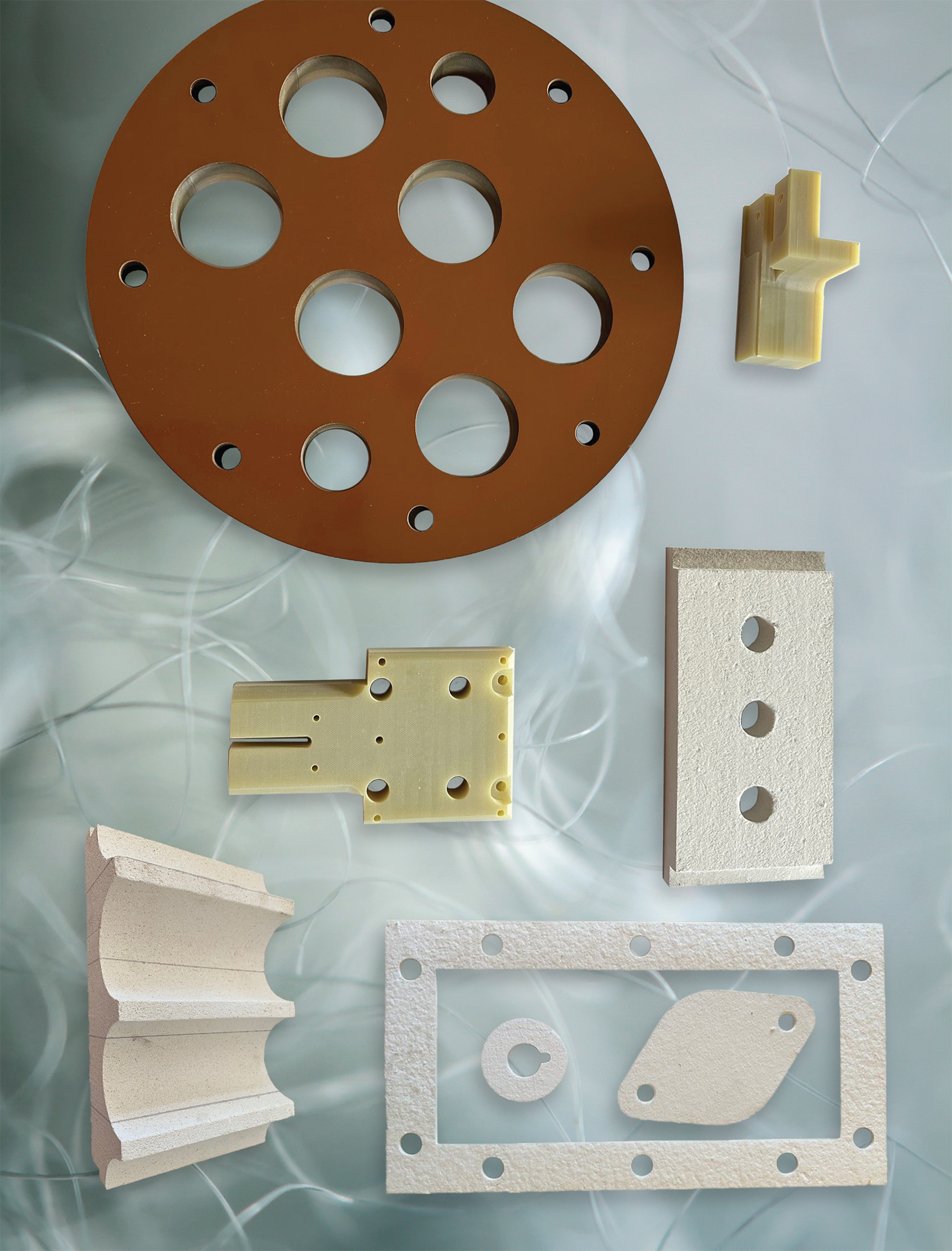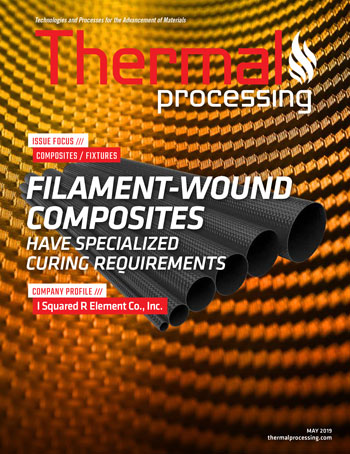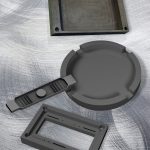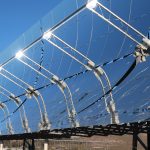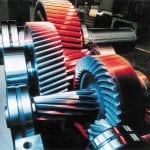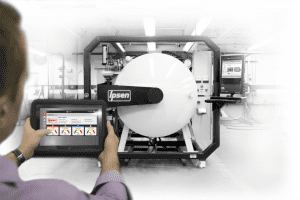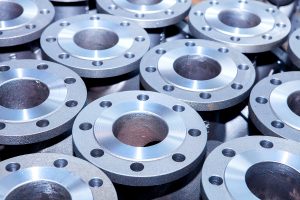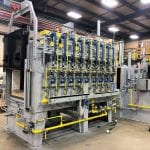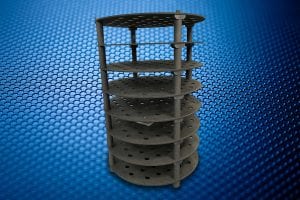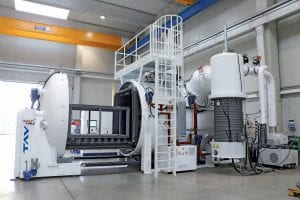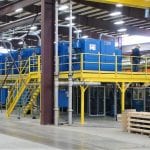When you name your company after the electrical formula for power, you better make sure you know what you’re doing.
I Squared R Element Co. Inc. has been making electrical resistant heating elements for more than half a century, so it’s safe to say that the company does, indeed, know its business.
“We have, fundamentally, two product lines that are used in industrial furnaces,” said Christina Clowes, vice president at I Squared R Element Co. Inc. “One is a silicon-carbide heating element under the trade name, Starbar®, and molybdenum disilicide heating elements that are sold as Moly-D®. We have five different grades and five different sizes of heating elements that serve really anything from a piece of laboratory analytical equipment up to large industrial furnaces used in steel or ceramic processing or glass processing, and heat treatment.”
The Starbar heating element has a maximum-use temperature of 3,100°F (1,700°C). The Moly-D element can operate up to an element temperature of 3,362°F (1,850°C).
Serving multiple industries
Those major product lines are used in a myriad of different industries, according to Clowes.
“You name it, and we probably are there,” she said. “Nonferrous alloy processing, so melting, holding, refining, those kinds of things. To a large extent, aluminum alloys, but magnesium and copper-based alloys as well, but aluminum dwarfs the rest, I would say. A lot of automotive making cylinder heads, car wheels, or any vehicle wheel for that matter. There’s a lot of automotive use, for sure.”
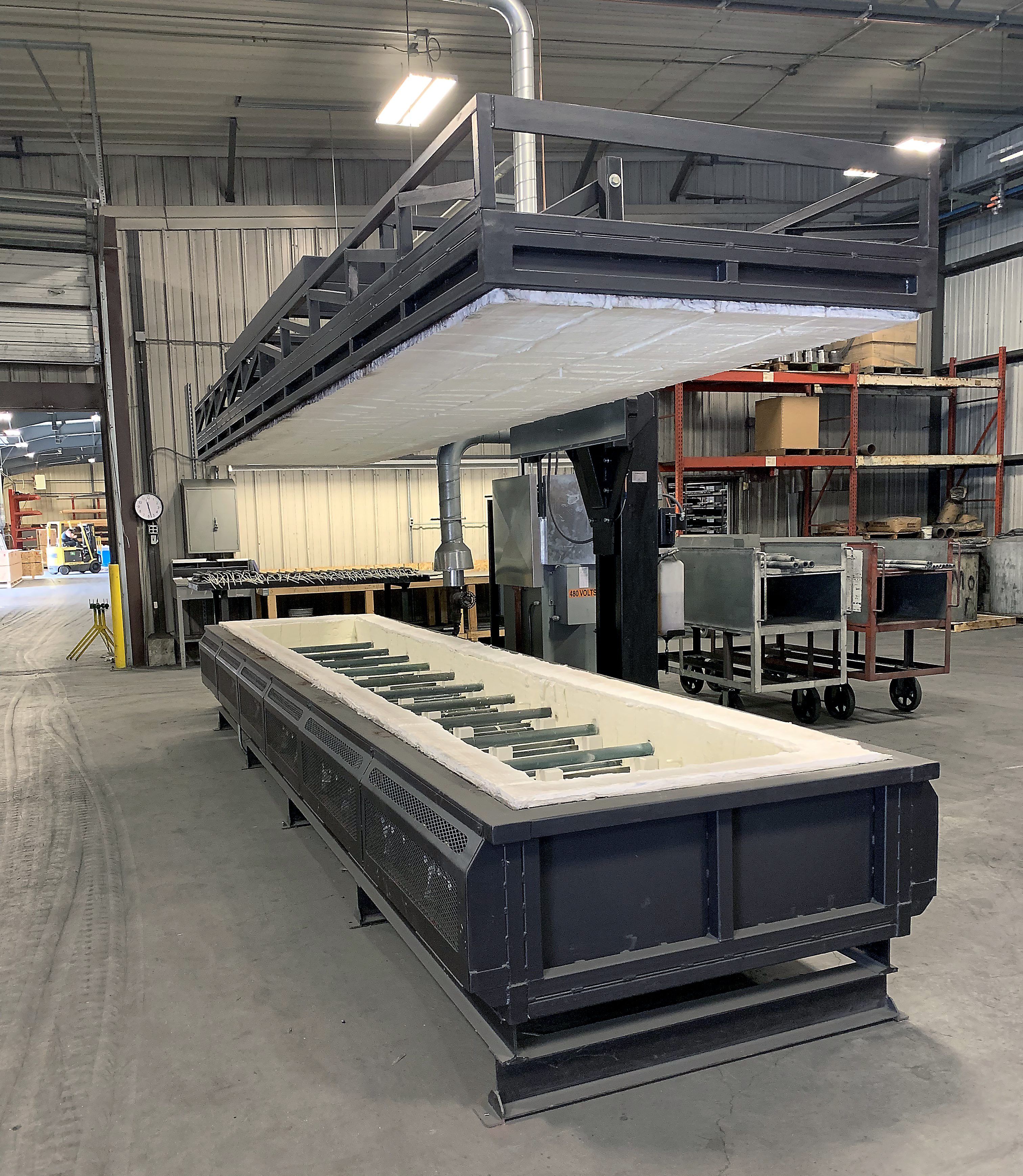
Some of that automotive-type applications include heat-treatment furnaces for automotive, metallurgical heat-treatment, carburizing, hardening, and case hardening, steal heat treatment where billets are heated prior to rolling or hot forging, ceramic processing, which could involve either tableware-type ceramics or technical ceramics that involve packaging and substrates for electronic applications, according to Clowes.
“We’re heavy into the sintering of powder-metal components, whether it’s traditional press and sinter parts or additive manufacturing type technology,” she said. “That’s been growing rapidly for us over the last few years.”
Additive manufacturing is one of several technologies competing for a place at the table, but for the time being, it is still in its infancy, according to Clowes.
“We’re working with quite a number of folks in that arena, and it’s opened up new opportunities for us,” she said.
Service oriented
Clowes said I Squared R Element prides itself in being a service-oriented business that focuses on the customer.
“That starts from the moment a customer tries to get in touch with us,” she said. “We don’t have voicemail, purposely, so if anybody calls our company, they never reach anything other than a live human being. There are no endless mailboxes full of messages that nobody ever responds to. And we offer fast delivery. It goes without saying, but maybe it doesn’t, but quality is expected and the performance of high-quality, reliable products. But we deliver faster than anybody else, and that’s really something that we focus on very heavily.”
I Squared R has a 122,000-square-foot manufacturing facility in Akron, New York, with a large number of furnaces that enables the company to get its products out quickly, according to Clowes.
“Anything from a day up to two weeks is quite typical of our delivery time,” she said. “I would say that four to five weeks would be quite a long delivery time for us, so we offer a rapid turnaround. Our focus is on providing the customer with the service when they need it.”
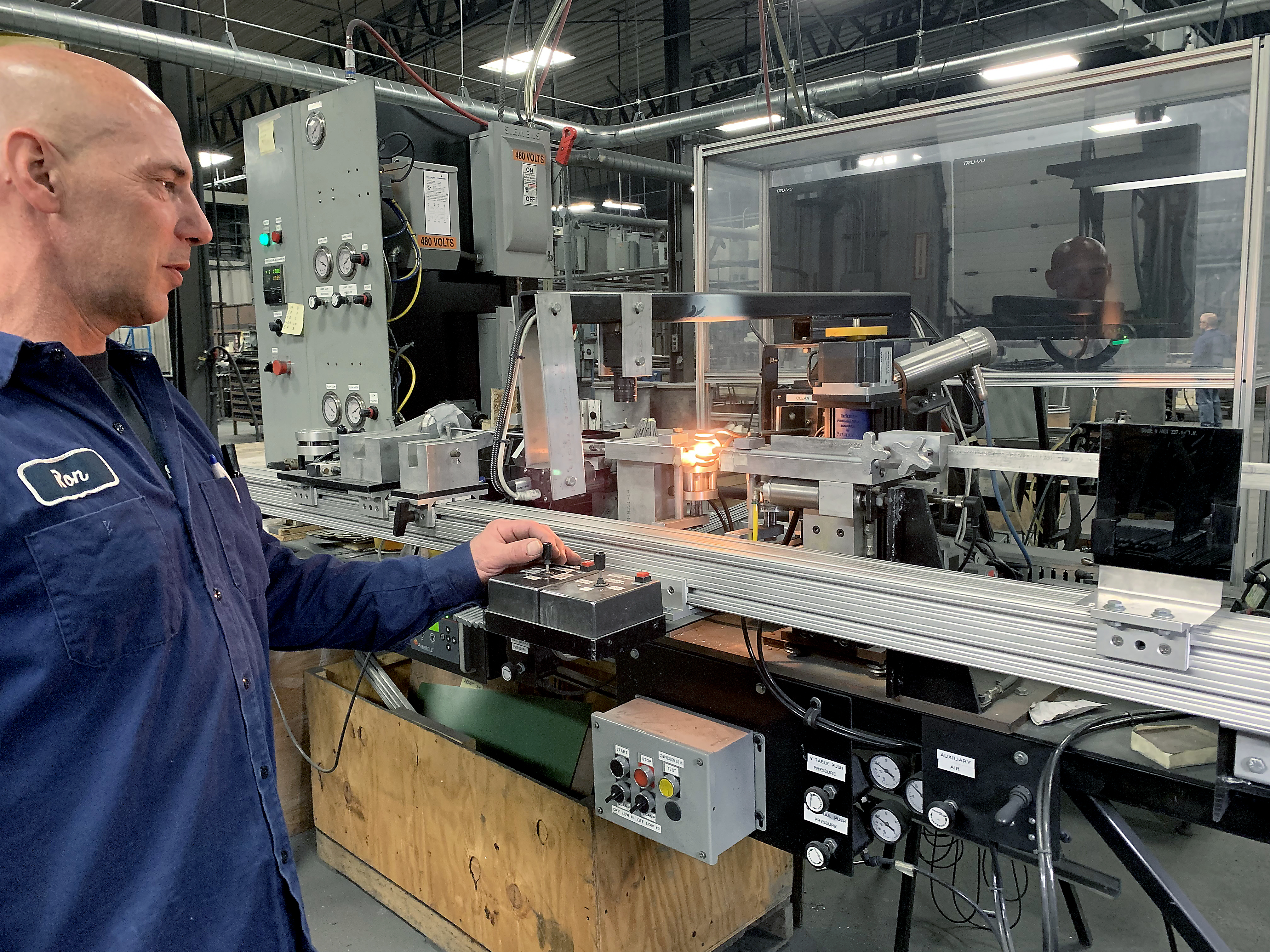
Even with that quick turnaround, the company still is able to offer strong technical and customer support, according to Clowes.
“We provide free design engineering assistance to either OEMs or end users,” she said. “I think we’re well known for that, and that’s a key strength for us as well to either troubleshoot or look at a project to upgrade an existing furnace and kind of re-engineer things from the ground up.”
Solving problems
That engineering support becomes immediately advantageous to solving customers’ problems, whatever that problem turns out to be.
“It depends on what the challenge is, of course, but we’ll assess that challenge, and if it’s something that we do every day, because that is the business that we’re in, then we have computer modeling programs to do the, let’s say, repetitive calculations, so we don’t have to do it all longhand every time,” she said. “It’s based on a lot of long experience and a lot of the people that we have working here in engineering and technical support and product development have been here a long time.”
In that vein, I Squared R’s employee experience runs deep. Clowes has been in the industry for 34 years; the owner, Jack Davis, has 57 years under his belt. Many of the company’s other employees have 20 to 40 years of experience each, according to Clowes.
“There’s a lot of knowledge and experience, and we are trying to pay attention to the next generation and how to pass that forward as well,” she said. “That’s a challenge unto itself, of course.”
A focused workforce
Despite all those years of experience, I Squared R Element likes to keep its workforce on the small size, according to Clowes.
“We’re a small company; we’re about a hundred people,” she said. “We intentionally keep ourselves lean so that we’re not trying to do everything. We focus on some core activities, some core products, some core things that we want to do well, rather than trying to be all things to all people, if you will. So, I think focusing on our core business activity has been something that has actually helped steer what we do.”
That doesn’t mean, however, I Squared R is content with the status quo.
“We have been busy developing new products to meet challenges of our existing customers and new applications,” Clowes said. “For example, the 3D metal printing area, that poses some challenges that we’ve had to overcome to really introduce a product that worked well with that particular technology. It’s working beautifully, and we’re growing quite quickly in that area.”
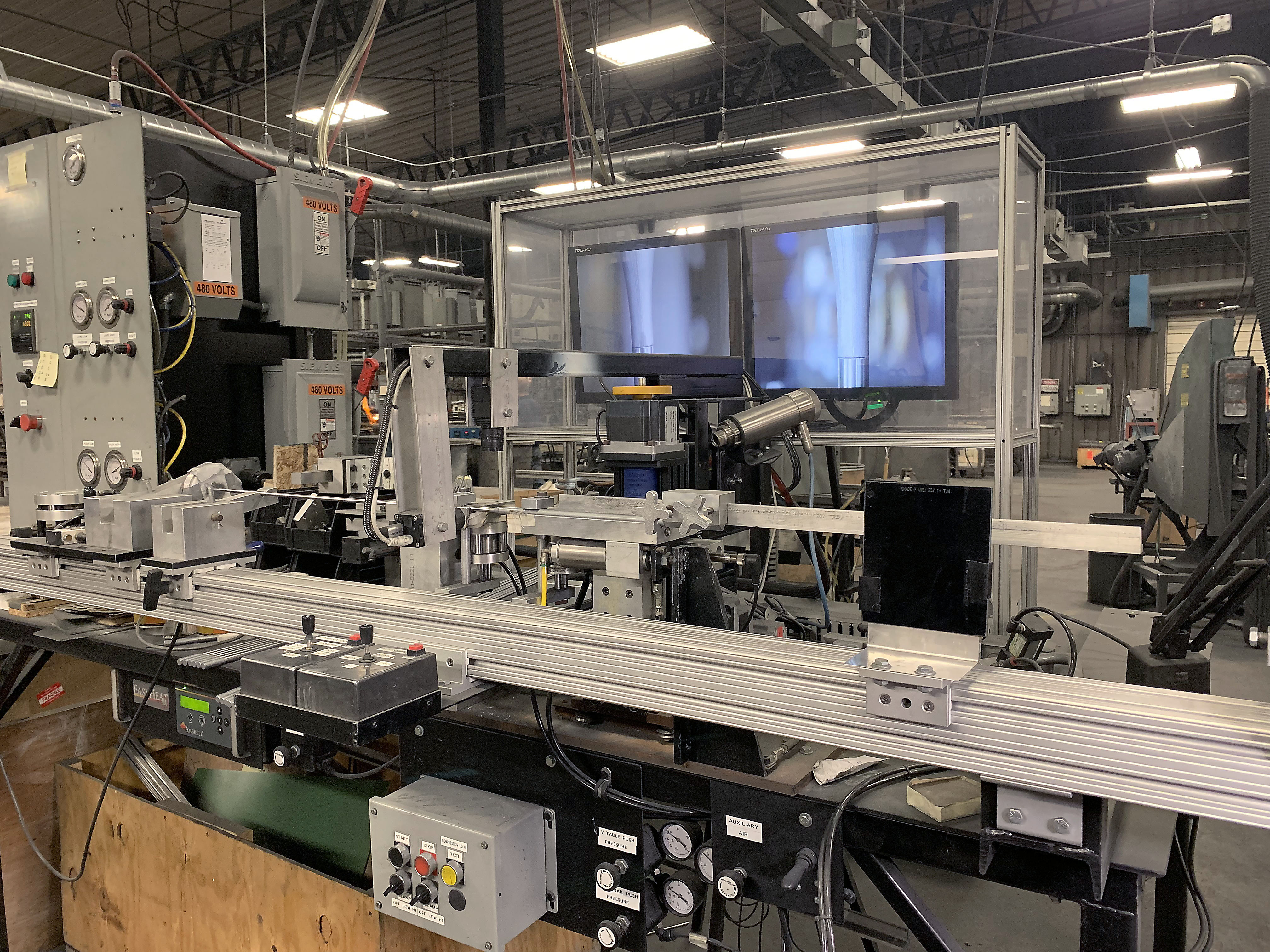
Solving problems
That philosophy has also allowed I Squared R Element to tackle other challenges head on. The end result is pushing the company past its initial comfort zone and into the future.
“One of our largest customers came to us a couple of years ago and said, ‘OK, we love your products; we love your company; we’ve been using them in this application, and we need to take things to the next level. We’re looking to extend our operating campaign, which is X today, and we want it to be X times 2 tomorrow. What can you do to help us get to that point?’” she said. “Initially, the reaction was, ‘Well, that’s probably an impossible thing to do.’ But we took the request as it was, and we set out to look at ways that we could perhaps change things to arrive at what they were looking for. We reformulated some things, developed an entirely new SiC body, and developed new protective infusion coating technology, and the result is that we exceeded what they were actually asking us to deliver.”
Clowes said that initial challenge actually opened up new opportunities for the company in other applications.
“I always think that when customers come along, and they challenge you, and they want better and better and better, the initial reaction might be to think ‘Oh, yes, these people are asking for something crazy,’ but, in fact, it helps us to keep moving forward if we get those challenges, and I welcome that,” she said. “That’s a good thing for all of us actually.”
Finding new ways to meet customers’ needs is paramount in a manufacturing world with increasing competition from international manufacturers, particularly from China, according to Clowes.
“They’re no longer the garage workshops they perhaps were in the past,” she said. “They’ve got good technology, good people, good know-how, and they’re improving. So, our job is to provide the best service and develop the best products and basically stay at least a few steps ahead of the best alternatives.”
Looking to the future
Clowes expects I Squared R Element to stay quite busy as they continue to grow and develop new business in new applications. Working very closely with technology innovators on the engineering and design side at the outset is really important. Understanding their challenges and needs in a clear way is key to developing the best performing solutions for new and emerging technologies.
“I think it will continue to be increasingly challenging,” she said. “Especially from competition and technology as it changes. I mean, nobody really knows what will happen tomorrow. Using the example of additive manufacturing-type technology, in the past, looking at raw products or forge products or machine products to get to a final form and the powder technology and its capability in producing complex shapes, lightweight geometries, honeycomb-type structures, those types of things, it really does open the doors to reimagine pretty much anything you can think of and the way it’s produced. With a component of a certain size, the weight-savings alone that can be gained from a totally different structure that was not possible to form by any other technology, it’s going to completely change things. For engineers of the future, it’s a bit like comparing the thinking of the past when setting out to produce an engineering drawing on a drafting table with pencils and tools to form different shapes, compared with designing a component or assembly in 3D modeling software like SolidWorks — it’s a totally different way of thinking.”
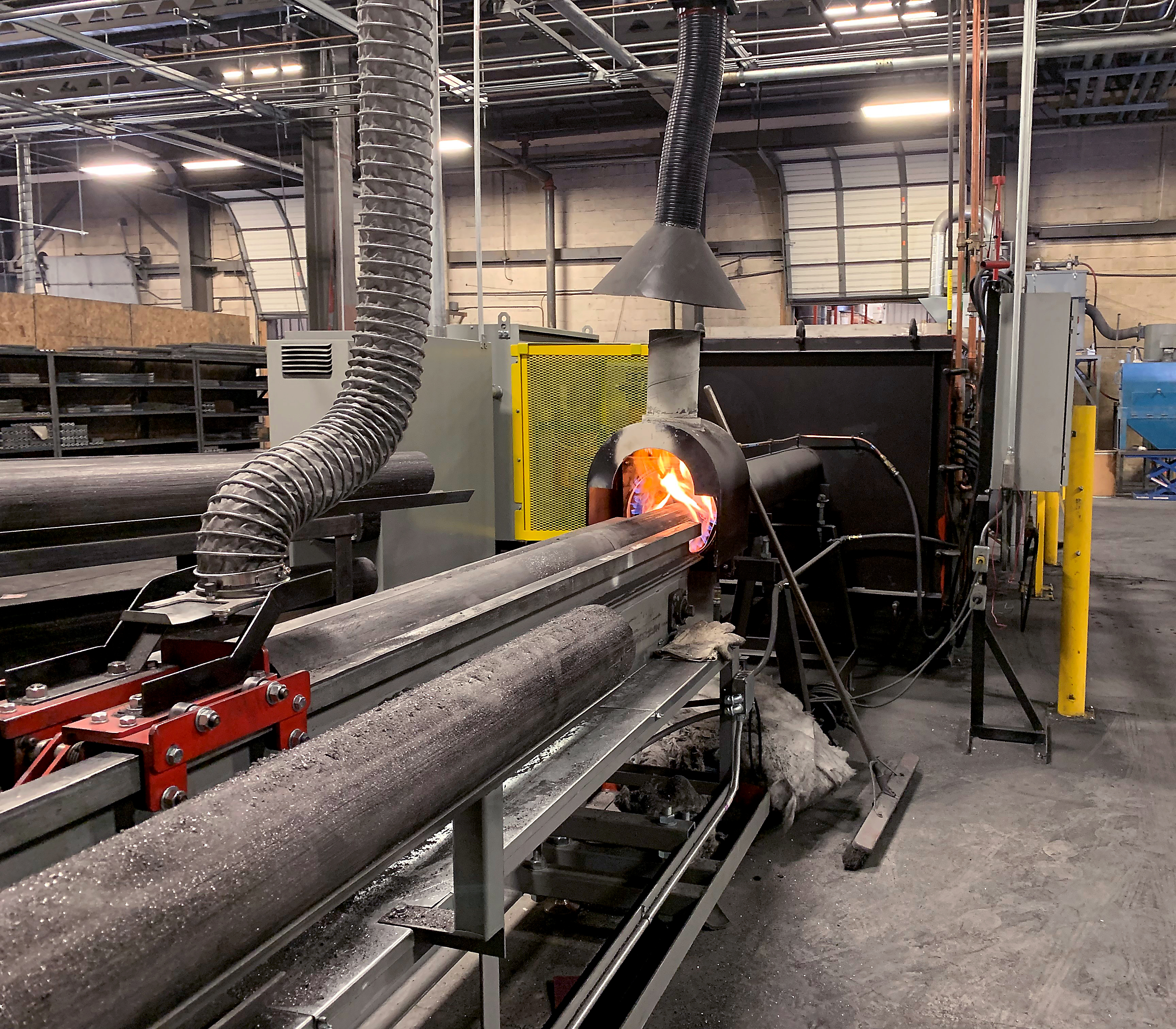
Also, the increasing expansion of 3D printing is changing the face of manufacturing as the technology moves from plastics to metal, and eventually even more to ceramics and other materials, according to Clowes.
“Knowing what the future holds, you know crystal-ball gazing is quite difficult, but I think making sure that we stay on track and we keep in touch with people that are generating and developing future generation technology, that’s something we try to do, hopefully effectively,” she said.
American made
I Squared R does all that while keeping the company and its products squarely — no pun intended — located in the U.S.
I Squared R Element was founded in 1964 by Davis and Stan Matys. Using their experiences in sales and research, the company soon became the largest manufacturer of silicon carbide heating elements in the United States. In 1993, the company added the molybdenum disilicide heating element line. I Squared R is today the only U.S. manufacturer of silicon carbide heating elements and high-quality molybdenum disilicide heating elements, according to Clowes.
“We are an American company; we fly the American flag; we only buy American products wherever we can, and we encourage our customers to do the same,” she said. “We have one manufacturing operation here. We don’t have operations in Asia or elsewhere in the Americas. We focus on what we do. We pay a decent living wage, and we’re kind of a classic example of supporting and keeping the American middle-class alive.”
More info www.isquaredrelement.com










